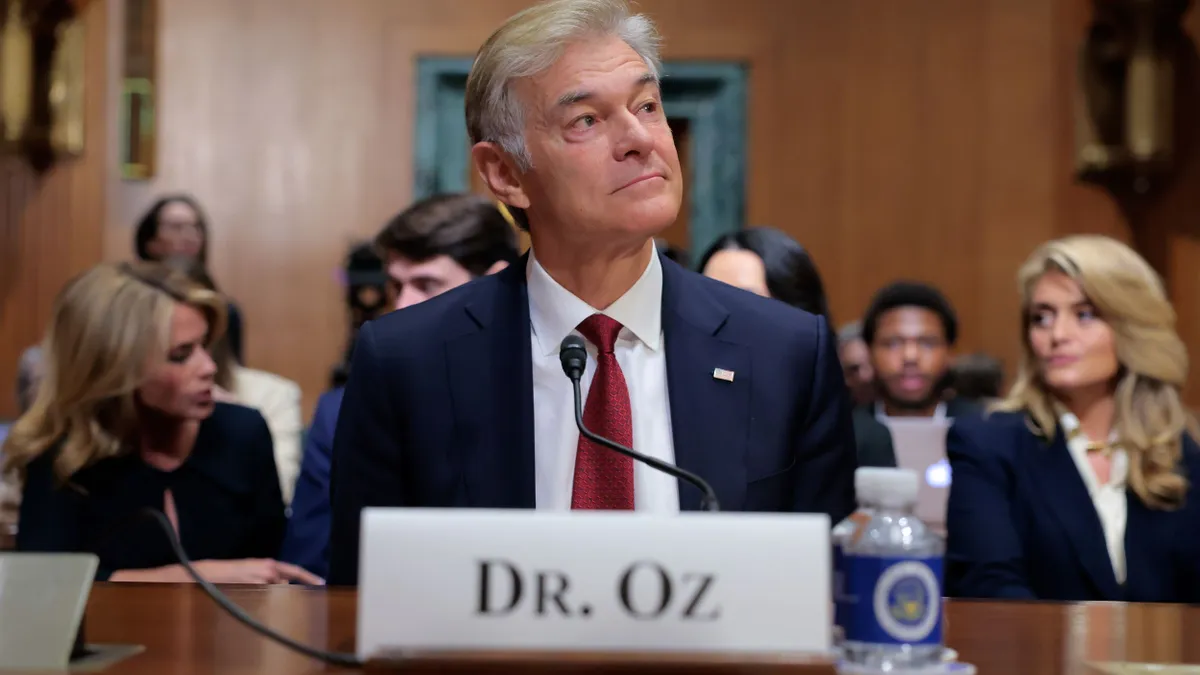Dive Brief:
- U.S. physicians received a “modest” 3.7% pay bump between 2023 and 2024, according to health tech company Doximity’s physician compensation report released Thursday. However, gains weren’t equally spread among providers.
- The gender pay gap widened, with average compensation climbing higher for men at 5.7% year over year, while women’s pay rose just 1.7%. Some specialties also brought home more than others — hematologists and oncologists brought in 93% more than pediatricians.
- The report comes as providers say they need more money to combat inadequate reimbursement rates, especially from public payers. Eighty-one percent of physicians surveyed by Doximity said reimbursement policies have played a role in the decline of independent practices nationwide.
Dive Insight:
The Doximity report pulls insights from more than 37,000 physician surveys completed between January and December 2024, and leverages additional data from more than 230,000 surveys completed over the past six years to see how physicians across the country are paid — and how they feel about it.
Providers say they’re grappling with entrenched problems, including staffing challenges and what they call inadequate reimbursement from payers. They’re also preparing for new problems, like looming cuts to Medicaid.
Nearly 60% of physicians surveyed by Doximity in June said they were concerned that financial pressures from low reimbursements could impact their ability to treat Medicare and Medicaid patients within the next year. Already, 17% had reduced the number of Medicare of Medicaid patients they saw as a result of the financial stress.
Dr. Amit Phull, chief clinical experience officer at Doximity, said in a statement that the surveys show physicians are “under strain.” He warns that not all specialties are faring equally.
“Pediatricians and pediatric subspecialists, in particular, are facing acute challenges. They’re caring for some of the most vulnerable and complex patients in medicine, yet persistently lower pay and reimbursement threaten both workforce stability and patient access to care,” Phull said.
The report warns pediatricians are generally undercompensated for their work relative to their peers in adult specialties.
Pediatric endocrinologists, for example, had an average salary of $230,000, while general endocrinologists make an average of $290,606. Pediatric rheumatologists made $231,574, while general rheumatologists made $324,954.
The report attributed some of the difference in pay to reimbursement differences between pediatrics and adult specialties, noting pediatrics tends to have “low profit margins or no margins at all” due to a lack of parity in reimbursement from Medicare and Medicaid.
In a separate Doximity survey of more than 1,200 pediatricians this year, the majority of respondents said they are not fairly compensated relative to the complexity of their work, and almost 70% said financial challenges were forcing them to consider making a career change.
Half of pediatricians surveyed said inadequate reimbursement was also posing problems at the bedside and impacting their ability to provide the best patient care. Sixty-five percent of respondents said they had made moderate or significant changes to their practice model, including reducing services or cutting staff, to cope with financial pressures.












